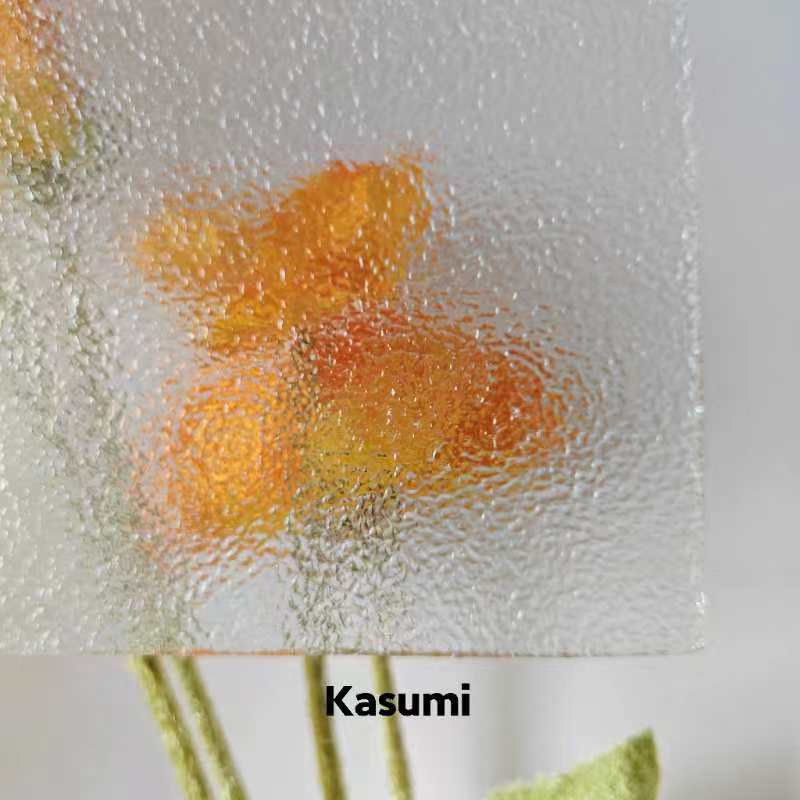

Understanding Low E Glass and Its Emissivity Value
In modern architecture and construction, energy efficiency has become increasingly important. One of the materials that has gained attention in this regard is Low Emissivity (Low E) glass. This specialized type of glass is designed to minimize the amount of infrared and ultraviolet light that can pass through it without compromising on the amount of visible light. Understanding the emissivity values of Low E glass is crucial for architects, builders, and homeowners looking to improve energy efficiency and comfort in buildings.
What is Emissivity?
Emissivity is a measure of a material's ability to emit energy as thermal radiation. It is quantified on a scale from 0 to 1, where a lower emissivity value indicates that a material is a better reflector of thermal radiation. For example, highly reflective materials typically have low emissivity values, while black surfaces, which absorb more radiation, have emissivity values close to 1.
Low E glass, in comparison, usually exhibits an emissivity value of around 0.05 to 0.10. This means that only 5% to 10% of the thermal radiation is emitted through the glass, making it an excellent barrier against heat loss. This characteristic is particularly beneficial in both colder and warmer climates, facilitating climate control while reducing energy bills.
How Low E Glass Works
The effectiveness of Low E glass derives from a microscopically thin metallic coating applied to one or more surfaces of the glass. This coating reflects infrared light, keeping heat inside during winter and blocking the heat from the sun during summer. Importantly, while it reflects infrared light, Low E glass still allows visible light to penetrate, ensuring that natural daylight can illuminate interiors effectively without the associated thermal gain.

There are two primary types of Low E glass hard coat and soft coat. Hard coat Low E glass utilizes a thicker coating made during the manufacturing process, making it more durable but less effective at reflecting solar radiation compared to soft coat Low E glass, which is produced through a vacuum deposition process. Soft coat Low E glass is usually favored for energy-efficient windows due to its superior performance in controlling heat gain and loss.
Benefits of Low E Glass
The benefits of using Low E glass are numerous. First and foremost, its low emissivity value translates to reduced energy consumption. Building owners can save significantly on heating and cooling costs, which often account for a large portion of energy expenditure. Additionally, Low E glass helps maintain a more stable indoor environment, enhancing occupant comfort by reducing hot and cold spots.
Another noteworthy advantage is its role in UV protection. Low E glass can block a significant percentage of harmful UV rays, which can cause fading of interior furnishings and artworks. This makes it an ideal choice for homes and commercial spaces that look to safeguard their interiors from sun damage.
Conclusion
In conclusion, Low E glass with its low emissivity values stands out as a crucial innovation in energy-efficient building materials. By minimizing heat transfer while allowing natural light to permeate, it serves dual purposes of comfort and cost savings. As awareness around energy efficiency continues to grow, the adoption of Low E glass is likely to increase, leading to more sustainable building practices that benefit both the environment and the occupants. Whether in residential or commercial applications, Low E glass represents a smart choice for those looking to enhance energy efficiency without sacrificing aesthetics.